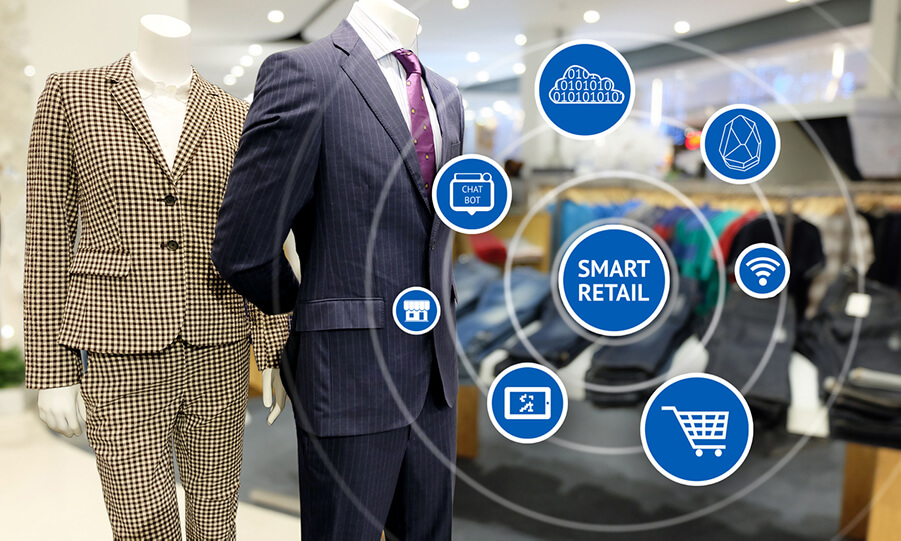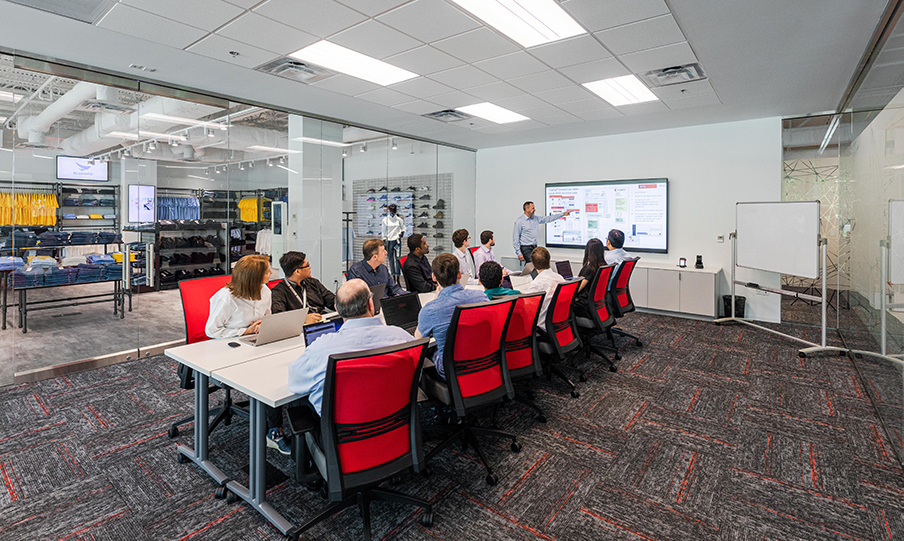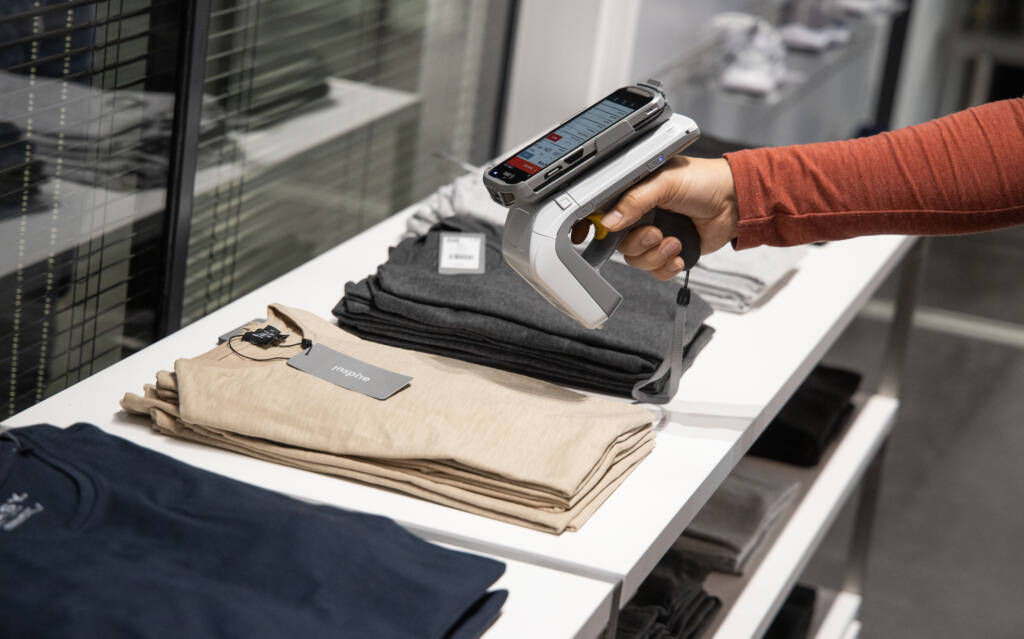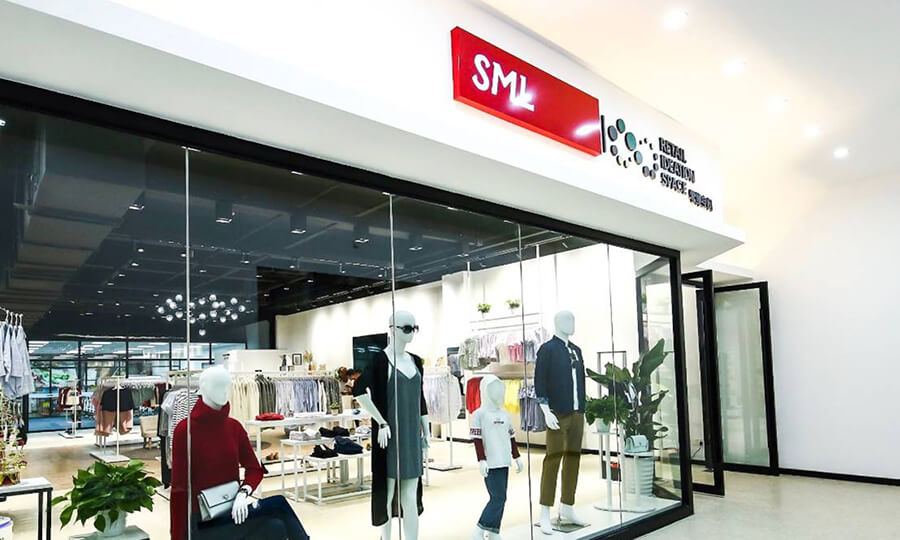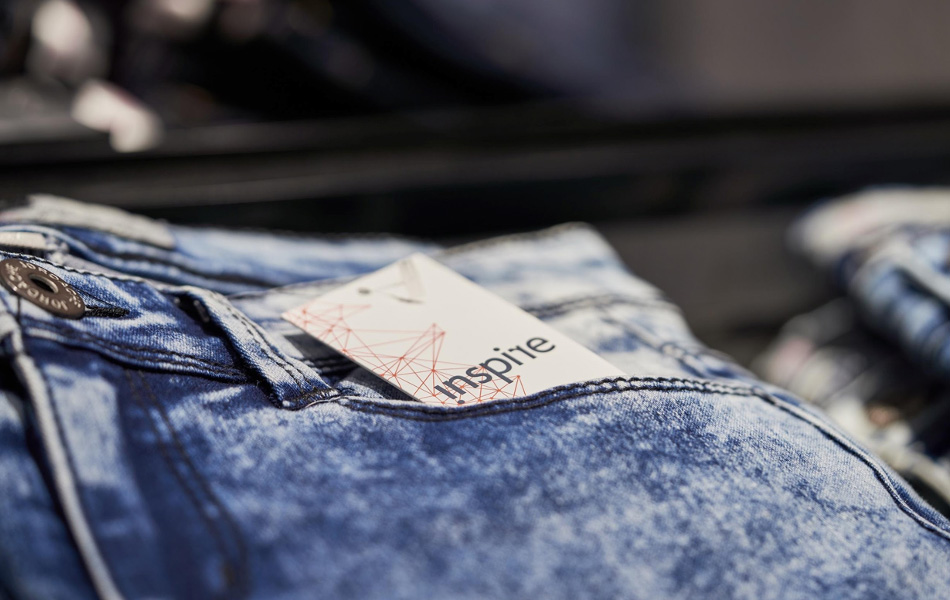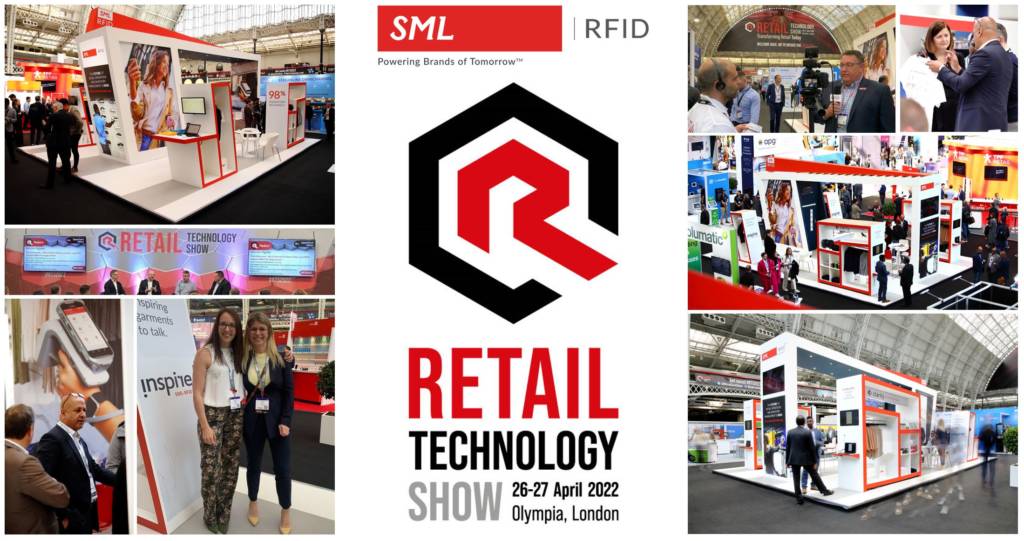Maximizing Retail ROI: How RFID Technology Drives Profits
Originally published on SalesTech Star
As the digital world becomes more integrated into the daily lives of consumers due to the growth of eCommerce, the distinction between online and offline sale channels has become increasingly blurred. The modern customer demands flexibility and this has extended to their purchasing habits. With some customers shopping purely online, some visiting in-store, and a growing number of customers using omnichannel provisions such as buy online, pick-up in-store (BOPIS) – retailers who are unable to provide a seamless experience are now becoming significantly disadvantaged.
As a result, many retailers are turning to retail technology to provide a superior consumer experience, and item-level RFID is one initiative that enhances customer experiences while providing a long-term return on investment (ROI). The technology enables retailers to achieve better inventory management, visibility, and control, which can all lead to significant operational advantages. However, many retailers perceive the return on investment from RFID implementation as difficult to calculate or attain.
To assess whether an investment in RFID technology is worthwhile, retailers must understand where their RFID ROI will be observed – whether it is through labor, physical assets, or intangible attributes. When reporting on projects, many retailers typically experience the same three tiers of ROI:
Tier 1 – Inventory Management & Stock Availability
To calculate the ROI before deploying RFID technology, retailers must first consider the financial impact that out-of-stock inventory and excess inventory have on sales and profit respectfully. Every out is a potential lost sale that directly impacts top-line revenue and every item a retailer carries that is not in stated inventory can result in reduced margins, increased labor, and excess capital expenditure that erodes profitability. Additionally, RFID technology can enable organizations to better employ their workforce for functions that are most efficient and impactful to their business, rather than manual inventory processes or stock counting.
RFID technology is a very efficient method that will boost the speed of other operations such as shipping, receiving, or storing products away – as well as reducing the time spent searching for missing items. In fact, RFID solutions allow retailers to achieve up to 93-99% inventory accuracy, and a higher degree of speed in their stores and supply chain while necessitating less human influence.
Tier 2 – Improved Store Operations and Omnichannel
Omnichannel commerce has emerged to be one of the most potential development avenues for brands. Many retailers must introduce a “fulfill from anywhere” approach, in which they treat all their merchandise as a single large pool – whether it is in distribution centers, stores, in transit, or on order from the supplier – and make it readily available for completing customers’ shipments, irrespective of their location. To ensure the dependability of the order-promising process, this sophisticated supply-chain management skill necessitates highly accurate inventory data. The accuracy of stated store and distribution center inventories is critical to executing omnichannel selling effectively and profitably.
RFID adds value by allowing retailers to achieve levels of process discipline previously unattainable through manual effort or alternative technology. Process discipline offers precision and predictability, which minimizes costs, optimizes asset utilization, and allows a brand to provide consistent, and sometimes unique, levels of service to its customers. RFID technology can provide tremendous value to supply chains and stores, and will inevitably have a significant influence on business processes and the systems that enable them.
RFID is addressing questions that retailers aren’t asking yet, but should, in demand-driven supply chains. Implementers will prefer simple approaches for first applications, as is typical of any technology adoption cycle. RFID technology will be used to develop increasingly complicated and at times revolutionary, processes as experience and confidence grow.
Tier 3 – Enhanced Customer Experience and Loss Prevention
In the C-suite and senior levels of an organization, particularly in the retail sector, ROI is paramount in prioritizing new technology implementations. Executives are concerned not only with cutting operational costs but also with improving the overall customer experience and enhancing brand image. Implementations that can deliver an ROI and also provide a competitive edge to win market share are much more likely to be greenlit as they hit on multiple touchpoints.
One key impact of RFID on the customer experience today is the enhancement of the in-store experience, which directly leads to greater customer satisfaction and increased revenue. RFID implementation at point-of-sale reduces checkout time and also presents an opportunity to reduce labor and inventory errors simultaneously.
RFID is also being used by some retailers as part of their overall loss prevention and detection process. As a result, RFID for retail applications is being used throughout the store floor and supply chain, including receiving, high-theft zones on the sales floor, point-of-sale, and distribution centers. RFID provides far more accurate theft data, allowing retailers to concentrate on their prevention efforts more efficiently, in turn enhancing ROI.
As the leading full-service RFID solutions provider, SML is a trusted partner to the world’s largest retailers and top brands, delivering proven results and rapid ROI for our customers. Contact our RFID experts today.

